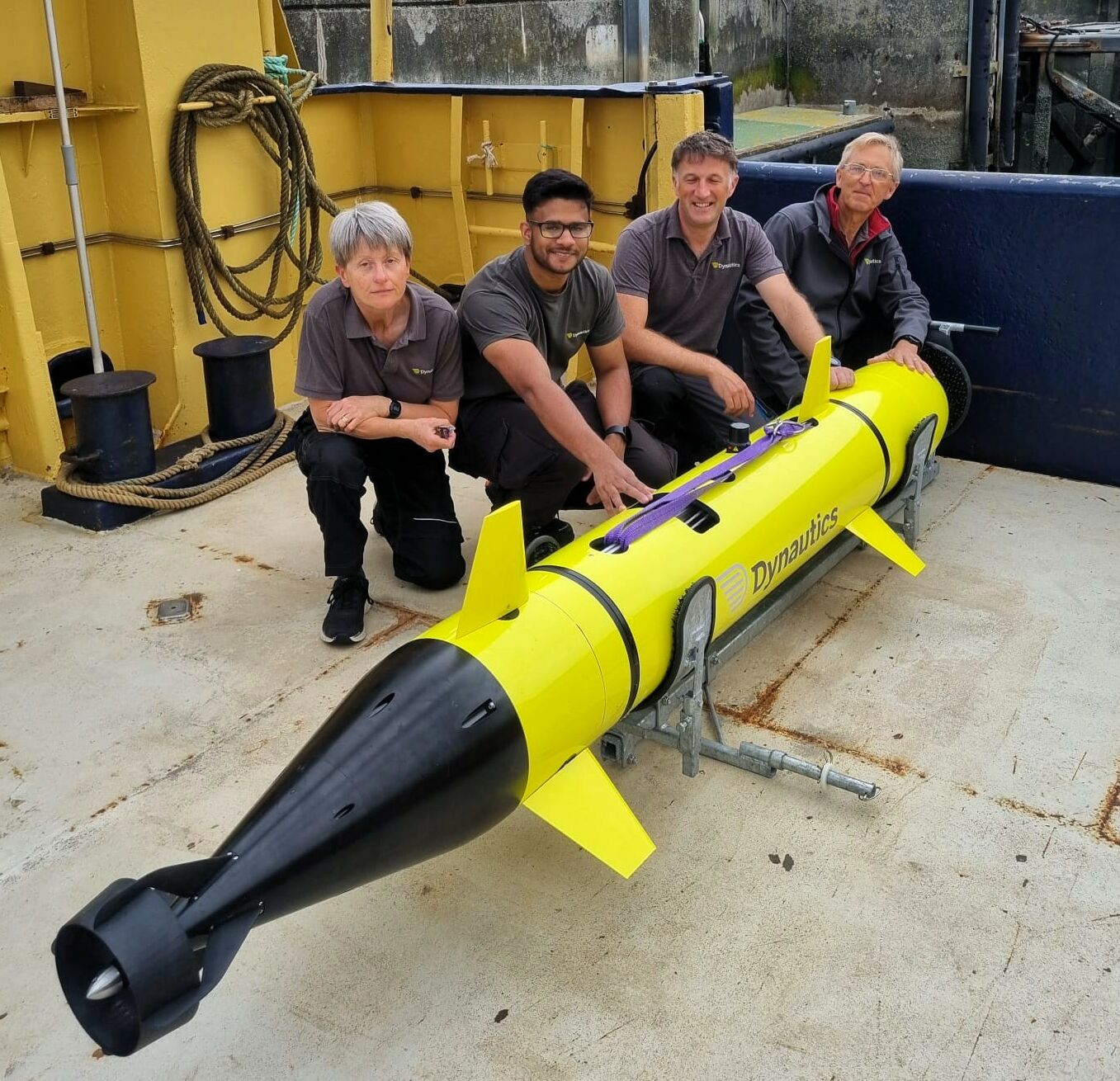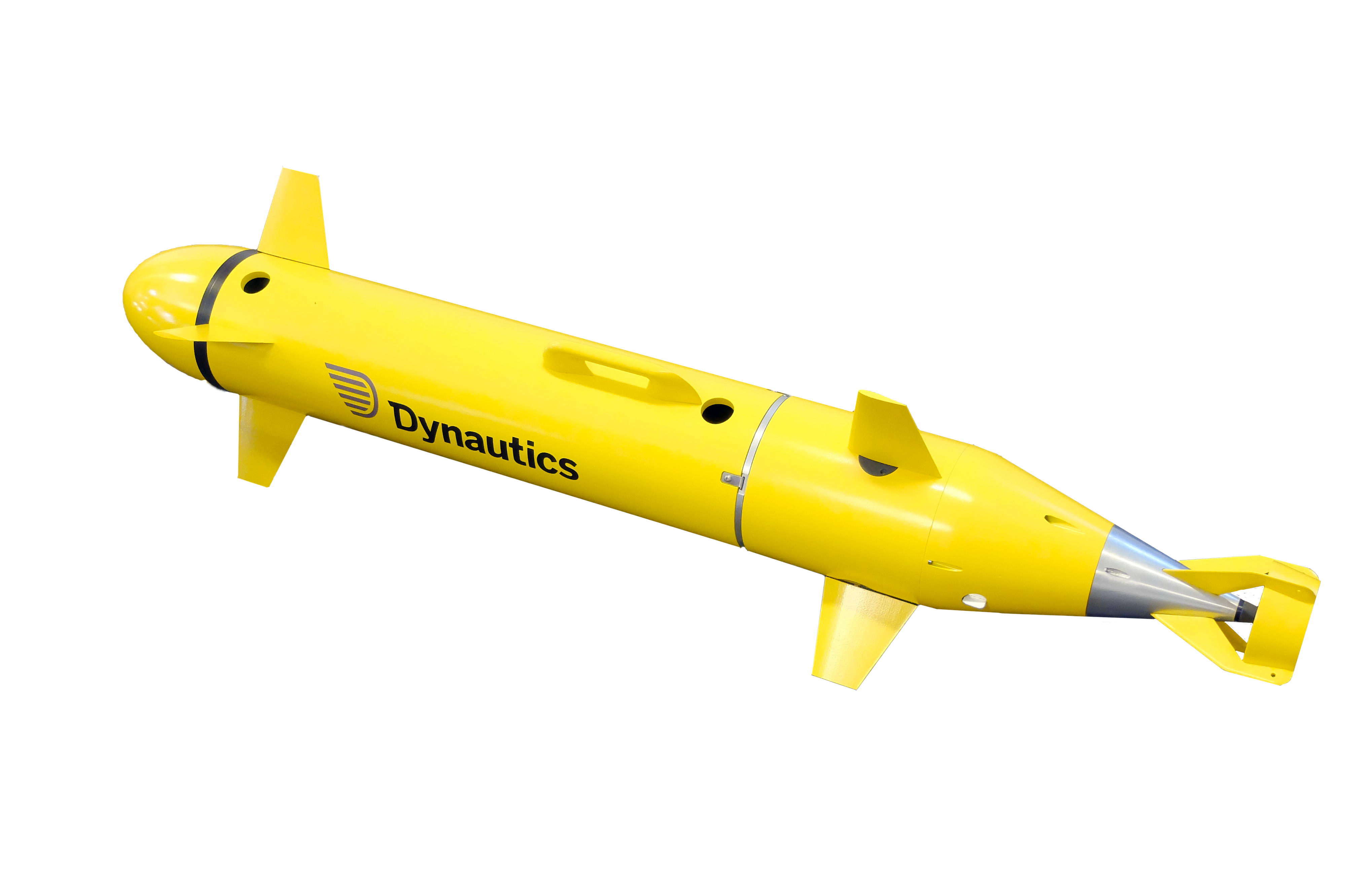In the dynamic field of subsea vehicles, modular UUV (unmanned underwater vehicle) technology is the key to effectively performing a diverse range of offshore tasks. Today’s UUVs need to accommodate different payloads and work at various depths for extended periods of time, and a modular approach to design helps to facilitate these requirements with minimal downtime.
Customer-driven product development
Grounded in its success with Phantom 1, built for the US Navy, Dynautics has now developed the design of its modular UUV in line with industry demands for:
- Reduced risk & cost: Vehicle efficiency has been optimised using 3D models, digital twin creation and simulation.
- Enhanced reliability: Extensive FMEA (Failure Mode and Effect Analysis) has been undertaken on subsystems and overall design for the highest results achievable.
- Extended endurance: The modular design of Phantom 2 enables different battery options with increased endurance and range.
- Maximum versatility & minimal downtime: Phantom 2 uses Dynautics’ proven autopilot technology and can be scaled to accommodate different payloads.
Launched in October 2025, Phantom 2 is a combination of proven and bespoke solutions. During tests, the modular UUV operated at shallow depths and demonstrated a cruising speed of 4 knots, with 12 hours endurance at that pace. Phantom 2 also demonstrated exceptional surface manoeuvrability. The design is rated to 100 metre depths, providing access to littoral areas and much of the continental shelf.
Importantly, repeated missions were completed without the need for interim recovery, validating the modular UUV design and communication systems for enhanced operational efficiency.
“Phantom 2 is proving to be a versatile platform ready for commercial, scientific and security applications. We fully intend to further extend the capabilities of our modular and reliable AUVs so that they are well positioned to support a sustainable future for subsea exploration.”
Henry Robinson, Dynautics CEO
UUVs offer a low impact, non-invasive and cost-effective solution to support the decarbonisation of offshore and subsea tasks. They are now frequently deployed to complete complex tasks in a range of sectors, including scientific research, environmental monitoring, military and defence operations, and commercial industries like oil and gas exploration and aquaculture.
The next phase of testing for Phantom 2, integrating a side scan sonar, is now underway.


